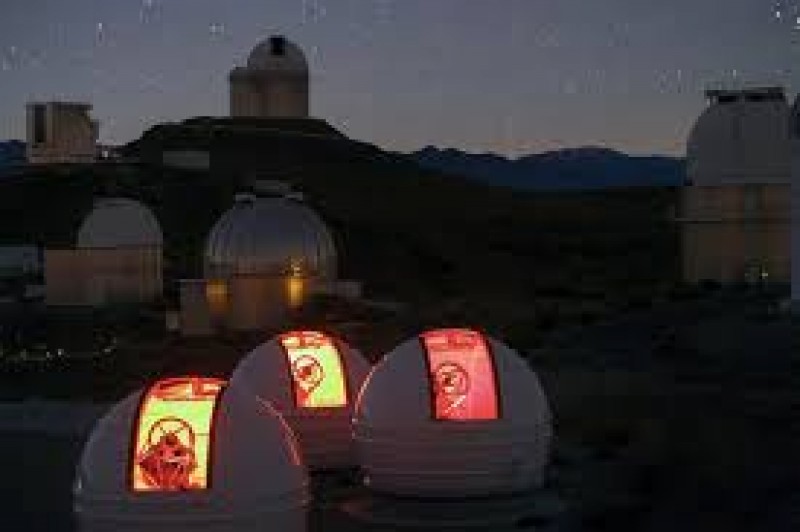Three new telescopes at the La Silla Observatory in northern Chile successfully peered into the night sky for the first time, providing scientists with a new tool to search for light signals from distant worlds.
The French-led ExTrA (Exoplanets in Transits and their Atmospheres) project will help scientists look for moments when the light coming off small "red dwarf" stars is subtly dimmed due to planets passing in front of them (as seen from Earth), according to a statement from the European Southern Observatory (ESO), which manages the La Silla Observatory. [The European Southern Observatory's Greatest Observatories]

The three 0.6-meter (1.97 feet) ExTrA telescopes can observe changes in a star's brightness in many different wavelengths of light, in order to catch the dimming of the star that might be caused by a planet passing in front of the star. This approach is slightly different than existing transit methods and differential photometry techniques, and by taking observations in different colors, the ground-based telescopes can correct for variations caused by Earth's atmosphere.
In short, these telescopes are aiming for a level of precision that will allow scientists to see Earth-size planets, which are often difficult to spot because of their relatively small size compared to their parent stars, according to the statement. And that's important, because the leaders of the ExTrA project don't want to just find exoplanets; they want to learn about exoplanet atmospheres with the telescopes, too.

"With the next generation of telescopes, such as ESO's Extremely Large Telescope, we may be able to study the atmospheres of exoplanets found by ExTrA to try to assess the viability of these worlds to support life as we know it," the project's lead researcher, Xavier Bonfil, said in the ESO statement. He is based at the University of Grenoble in France, and the telescopes will be operated remotely from there.

Red-dwarf stars are ideal candidates for study, according to the ESO statement, because they are "expected to host many Earth-size planets," according to the statement. One example is the sun's closest neighbor, Proxima Centauri, an M dwarf that has been found to have an orbiting Earth-size world.
Source: Doris Elin Salazar